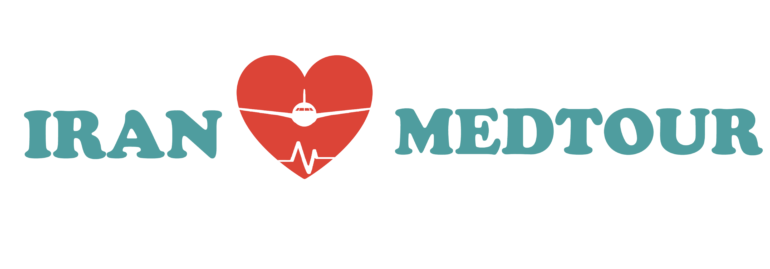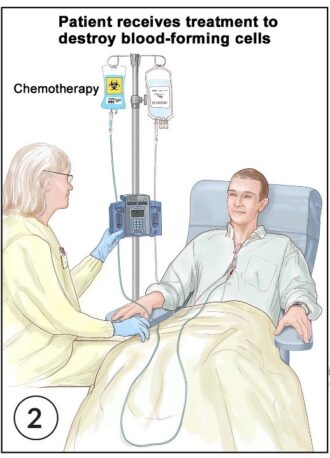Even though performing bone marrow transplants in Iran is cost-effective, proceeding treatment with expert specialists and professional medical care teams along with developed technology improve the rank of Iran up to the third country for doing BMT among all other countries with the same technology in the world. There is a full and developed bone marrow and stem cell transplant bank in Iran. Also, blood banks and other organ transplantation are fully active in our country. By considering the cost of accommodation and food during rehabilitation which is much lower than Asian and European countries, Iran is an ideal country for doing bone marrow transplants.
 English
English
 English
English
 English
English






